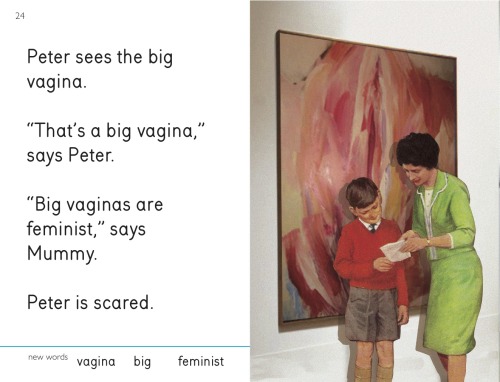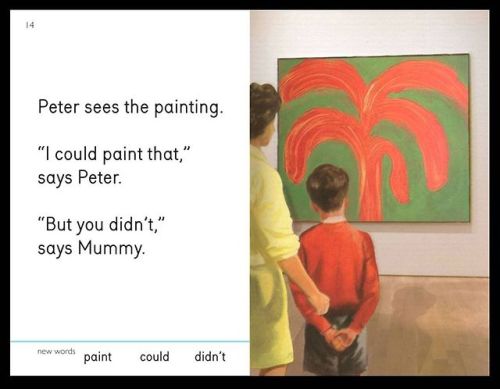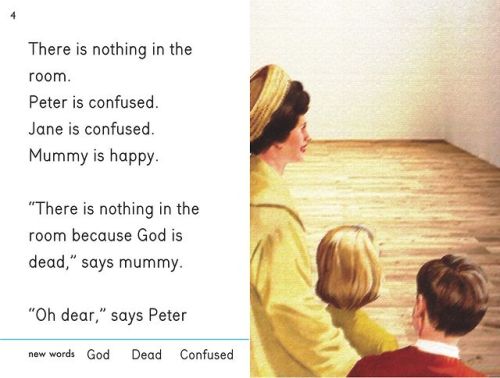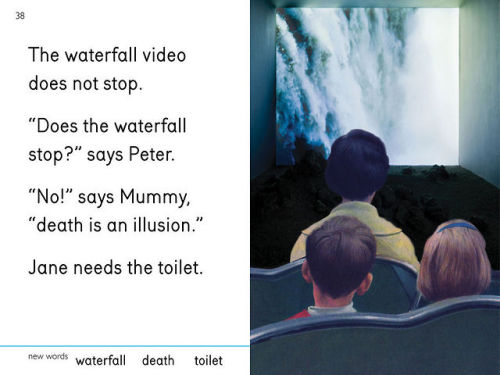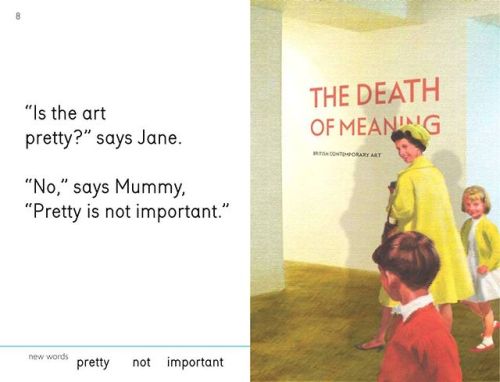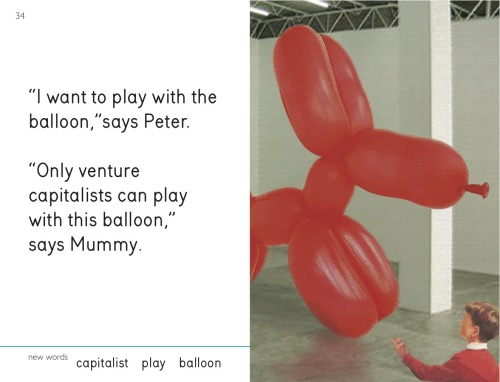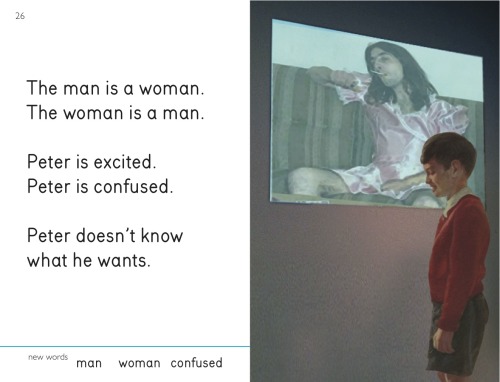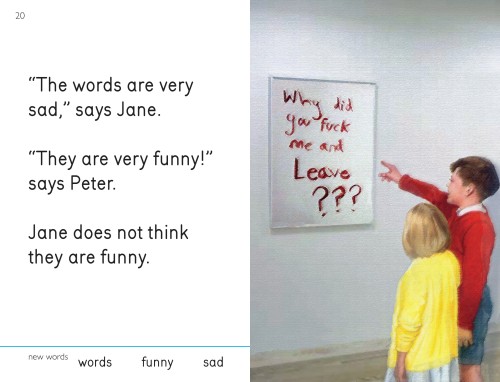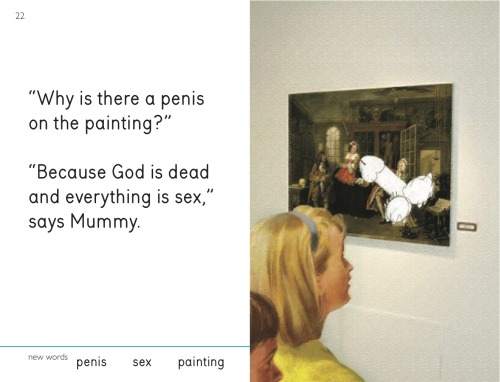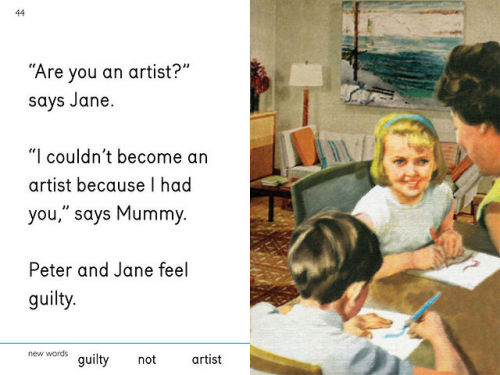Latest Posts by silentcassio - Page 2
I wish i was different i wish it all was different . *cleans and does laundry *

Images of surrealist/occult painter/writer Ithell Colquhoun’s 1970s tarot card designs.
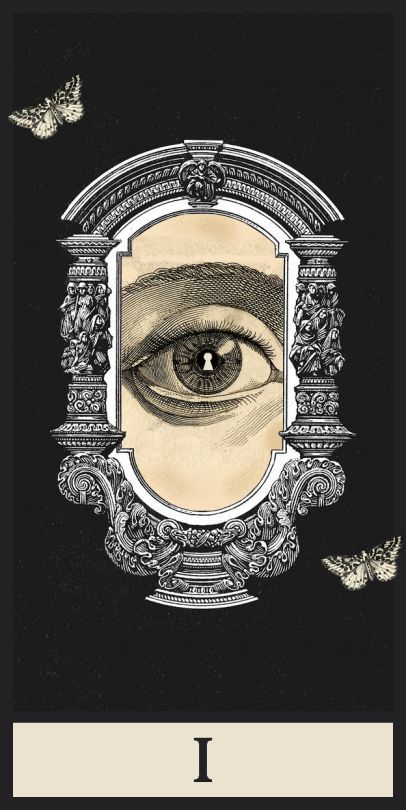









Ignacio Cobot’s tarot
favorite things to see on here
- posts about soup
- posts about bread
- posts about onions and garlic in a pan
- pictures of kitchens
- pictures of fresh veggies and fruits
- posts about cooking as an act of love

Dolphin frieze from the palace complex on the Mycenaean Acropolis of Gla, Boeotia, Greece, 14th c.BC. Arch. Museum of Thebes.

Haruki Murakami, Norwegian Wood
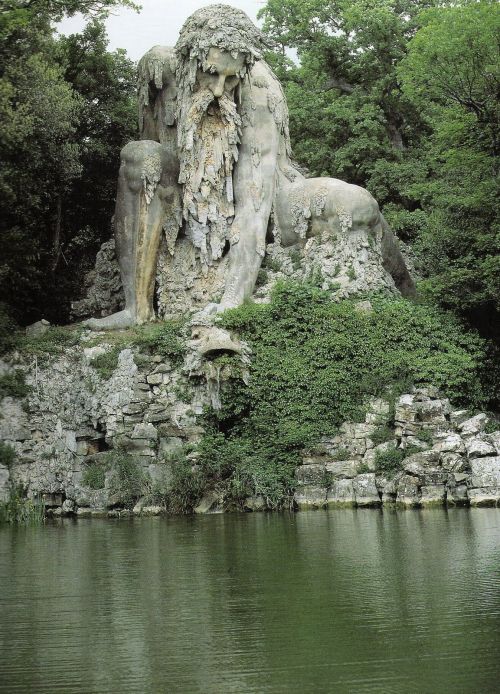
Gigantic 16th century sculpture known as Colosso dell’Appennino, or the Appennine Colossus located in the park of Villa Demidoff (just north of Florence, Italy). It was erected in 1580 by Italian sculptor Giambologna (1529-1608, Italy).
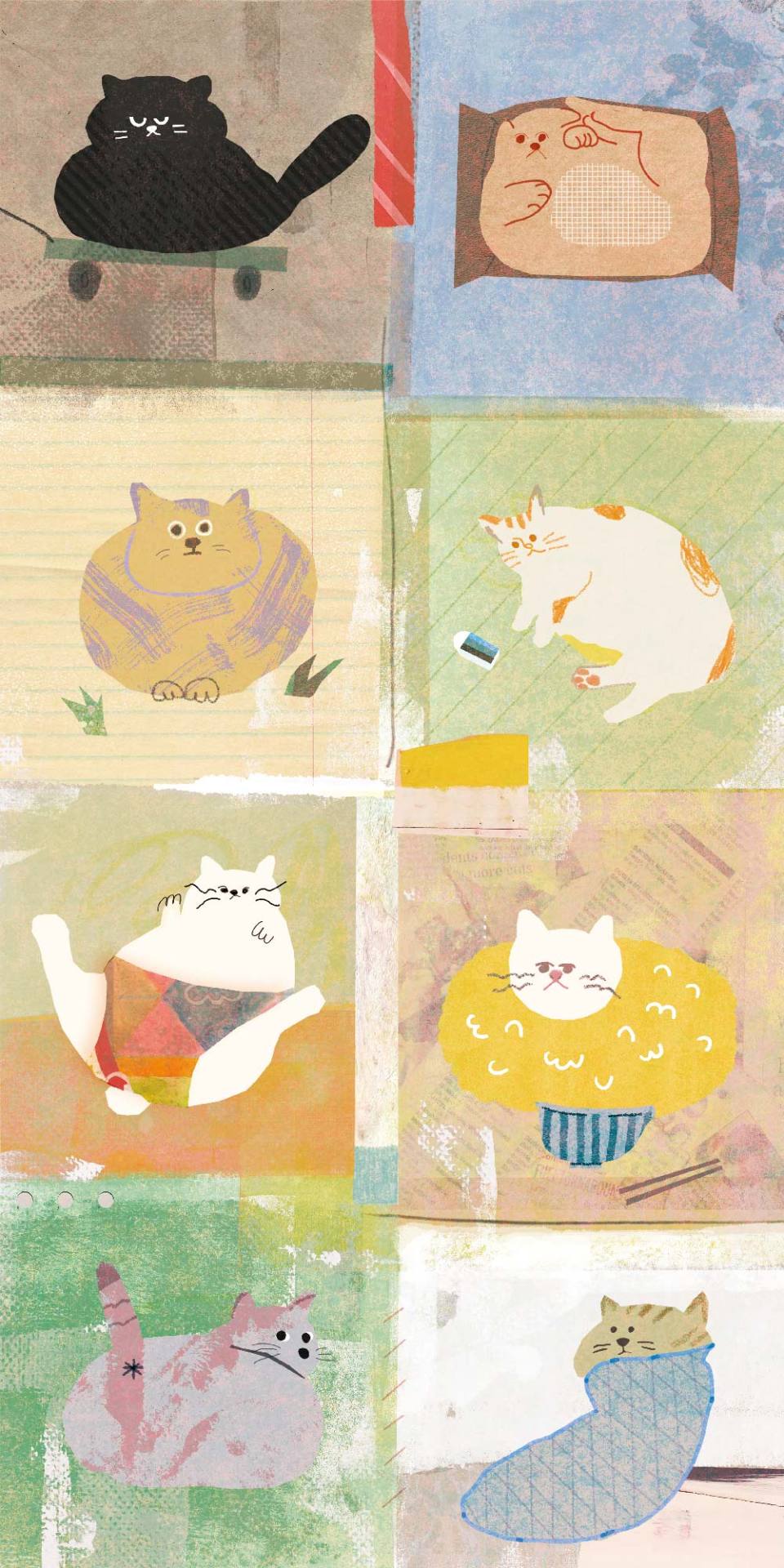
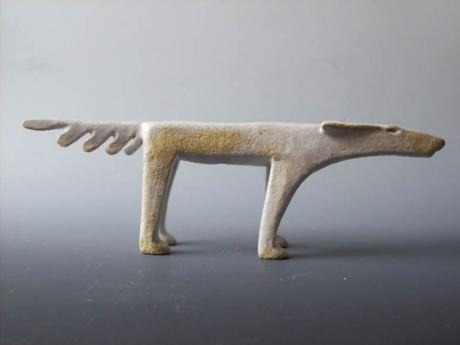
Stephanie Cunningham: Dog in the Wind
Posted by Paulo Vergueiro

shhhh
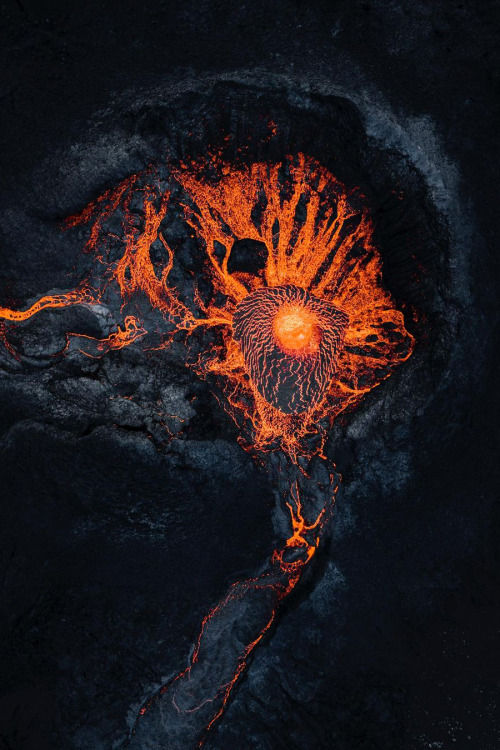
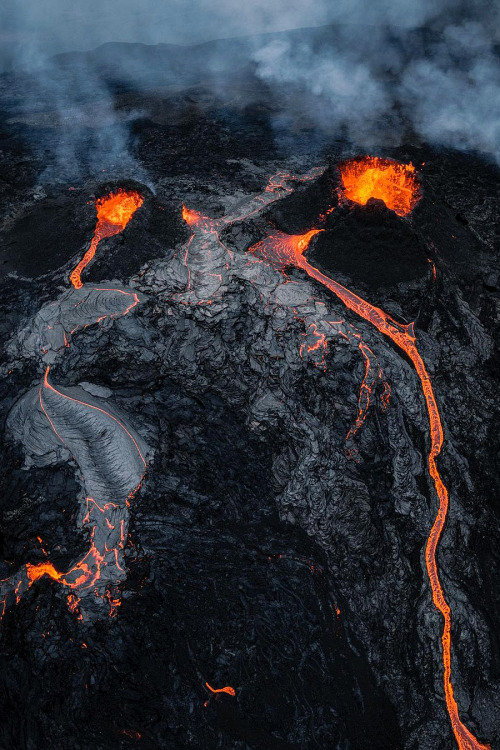

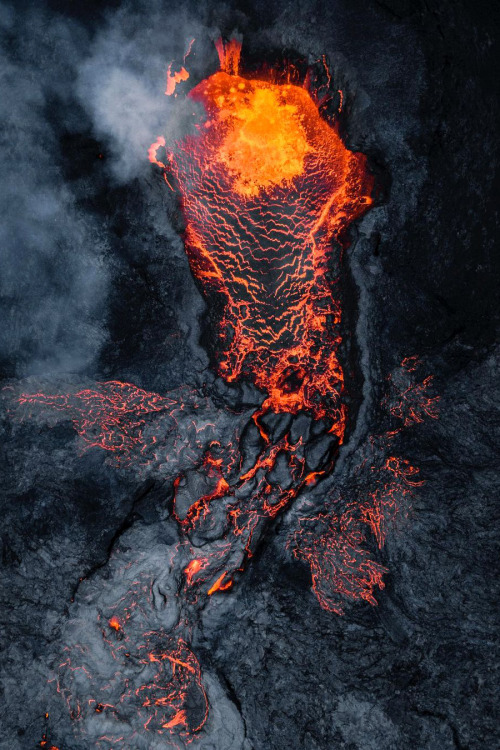
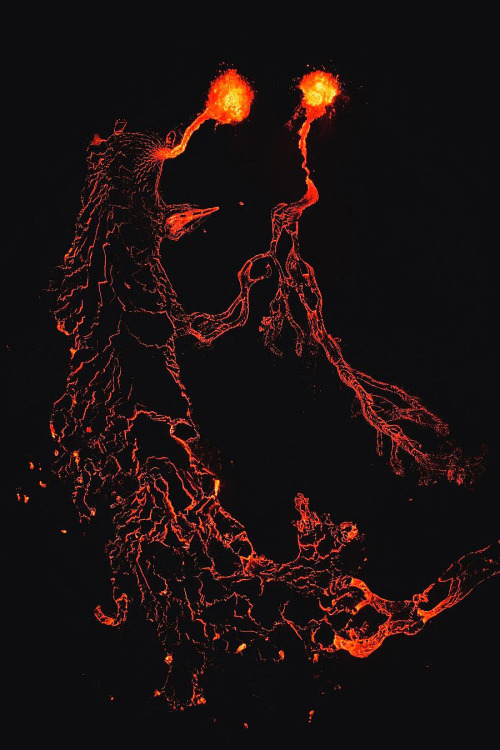
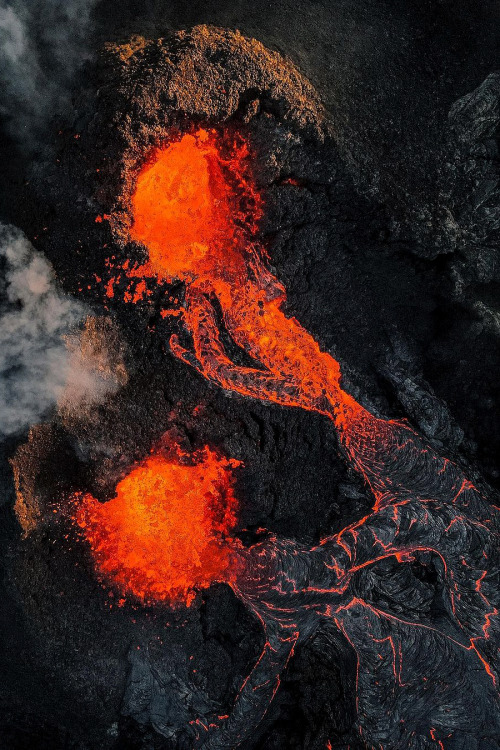
Kevin Pages l Fagradalsfjall, Iceland



Kind of blue, Musubu Hagi










No Ordinary Love, Salman Toor. Details. Special Exhibit, Baltimore Museum of Art, 7.30.2022
a really little animated black cat with giant eyes and no other discernible features
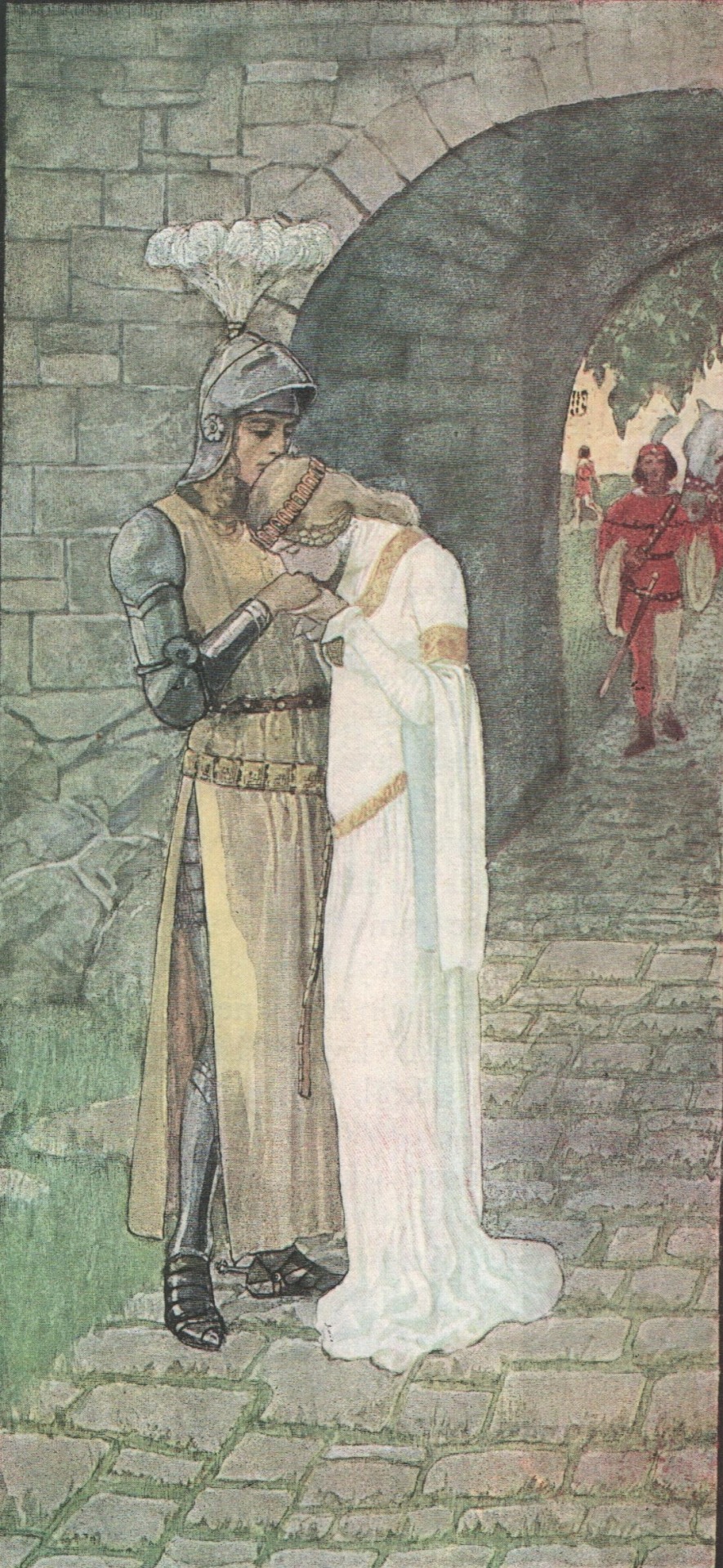
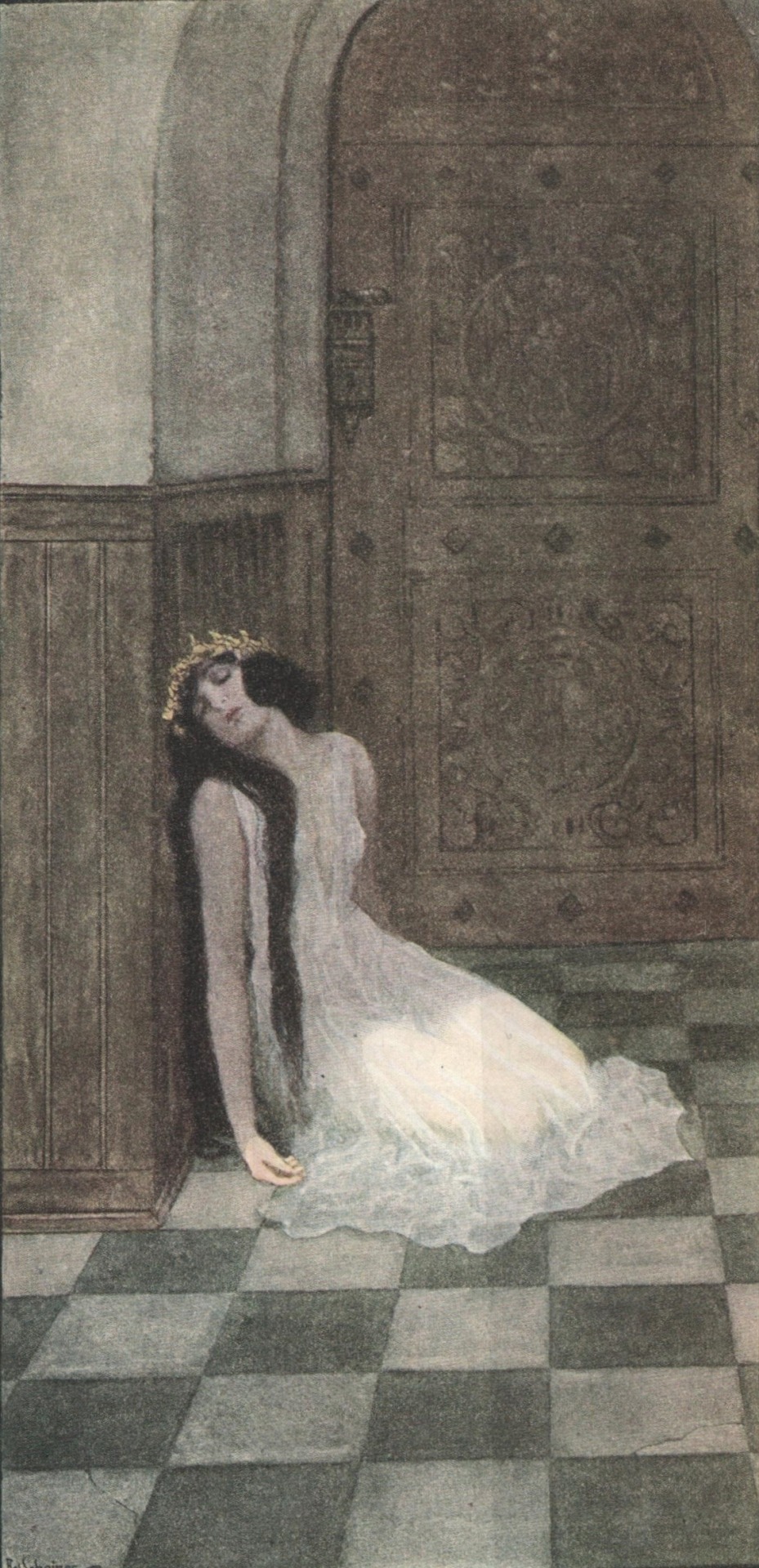
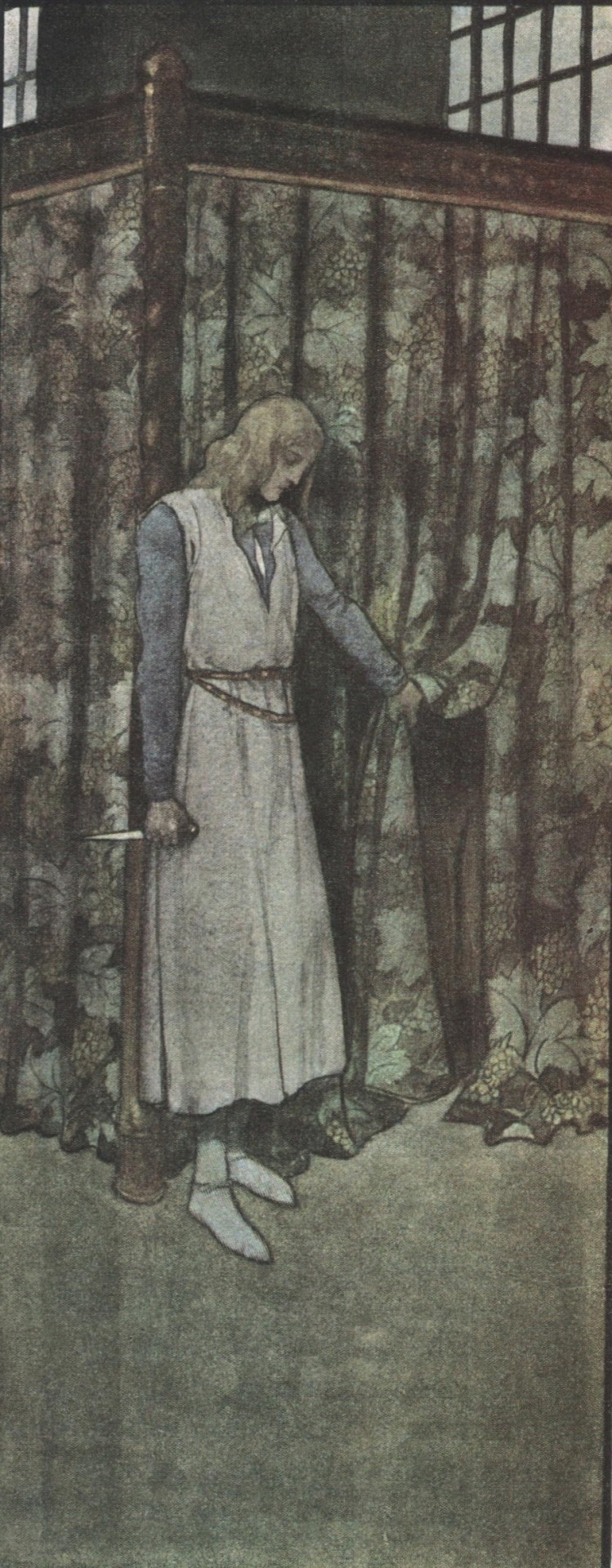
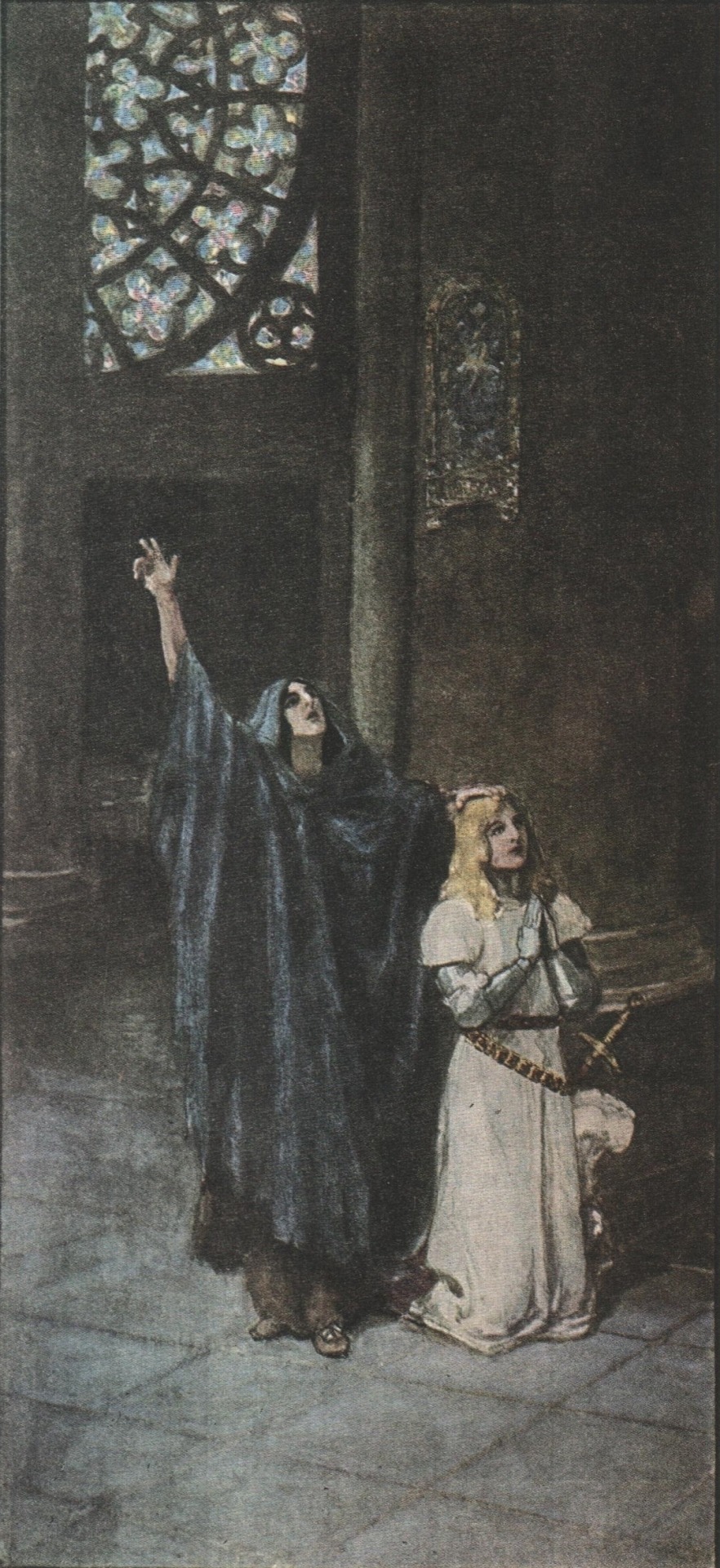
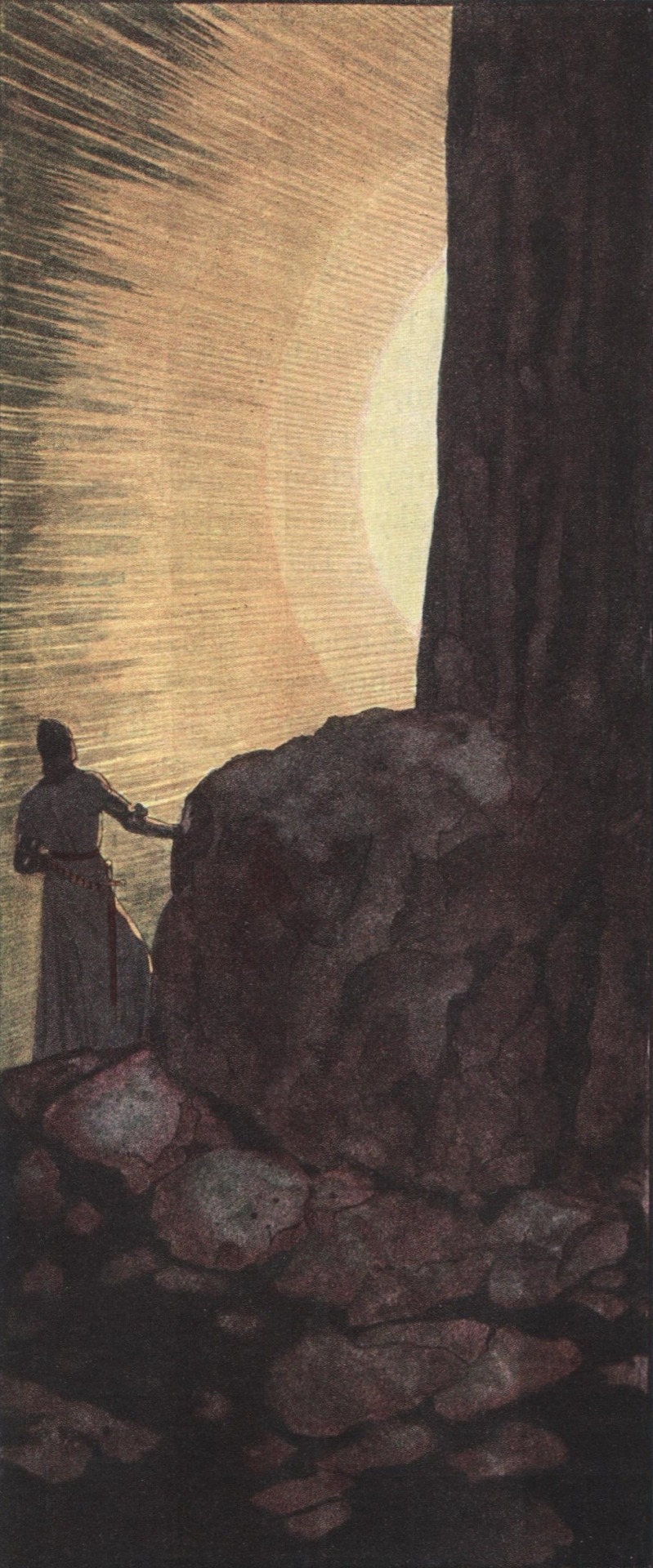


Illustrations of the Julius Zeyer’s Román o věrném přátelství Amise a Amila (1880) by Artuš Scheiner, part 1.
“Eating strawberries in the spring, yes, that’s part of life.”
— Vincent Van Gogh, from a letter to his brother Theo



The best kind of photo is when a cheeky cat has stolen a fish



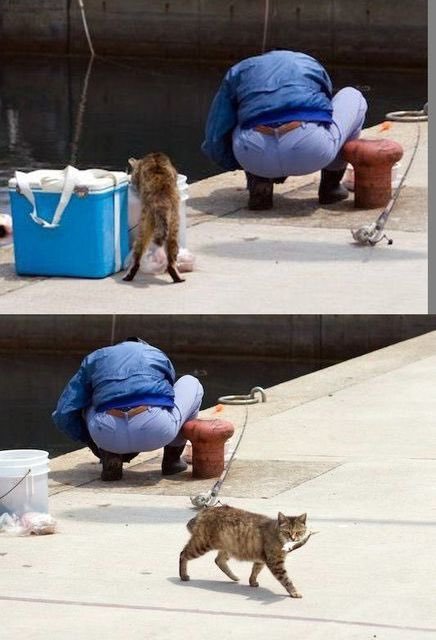
mariupol city council: there is a threat of complete extinction of the sea of azov due to massive bombardment of azovstal.









May 18 - Day of Remembrance of the Victims of the Crimean Tatar Genocide

today is 18 may. today is memorial day of sürgünlik, genocide of crimean tatar people.
crimean tatars are also known just as crimeans, tho russian settlers have appropriated the latter name to denote all inhabitants of crimea and blur the line between colonial and indigenous, calling native population “tatars” in imperial tradition regarding turkic people. for centuries, crimean tatars have fostered their islamicate culture and traditions and cared about their native soil. in 1917, after the february revolution, the first qurultay (congress) of the crimean tatar people was convened, which proclaimed the course of creating an independent multiethnic crimean democratic republic. in 1918 crimean tatar leader noman çelebicihan was executed by bolsheviks, and crimea was occupied by ussr.
may 1944 became the time of the biggest tragedy of crimean tatar people. after deoccupation of crimea from nazi germany, accused of collaborationism with nazis, every single member of the nation was subjected to genocide; the rhetoric russia still uses today. neither amet-han sultan, crimean tatar pilot and “hero of soviet union”, nor heroes fetislâm abil oğlu and cafer osman topçi, nor saide arifova who saved dozens of jewish children by pretending them to be muslims, nor other countless crimean tatar soldiers and partisans could change the situation.
“when the germans occupied our village molbat, there were already three hundred crimean tatars in the partisan detachment of seydaş ibragimov. i furtively baked bread for them, people helped. oil, flour, eggs were collected from all the surrounding villages. a communist fatma amurova entrusted me with her four-year-old daughter emine. one day they called me to qarasuvbazar, to the commandant’s office: “speak, tatar muzzle, whose daughter is this.” “i don’t know,” i answer /…/ “look,” they threaten, “if the mother shows up, report back. otherwise, we will shoot the whole family.” /…/ in the winter, the germans captured her in the village. 18 soldiers led her under escort. emine was allowed to stay with her mother for three days. apparently, they hoped that, looking at her daughter, the partisan would start talking. nazis told the girl how brutally they would torture her mother, but fatma didn’t tell them anything anyway. the mother was executed, and the girl was left to us /…/ soon our village was burned to the ground by nazis. the partisans warned the people in time, many escaped”.
crimean tatars were also “unreliable” for soviet union. the idea of “unreliable people” was a late imperial idea; everyone who lived in the outskirts of the empire, had foreign citizenship or religious and cultural proximity to “unfriendly” neighbouring countries was a “threat” to the empire. in soviet union, nationality and religion, especially islam, could be regarded as “counter-revolutionary activity”. in other words, everyone who was not russian was “unreliable”.
the deportation operation began early in the morning on may 18, 1944 and ended at 16:00 on may 20. more than 32,000 nkvd troops were involved. the deportees were given from a few minutes to half an hour to gather, after which they were transported by trucks to railway stations and crammed in cattle cars. from there, echelons were sent with them to places of exile. according to eyewitnesses, those who resisted or could not walk were often shot on the spot. on the way, the exiles were fed very rarely and didn’t receive water. the dead were hastily buried near the railway or left unhidden.
“on may 18, 1944, early in the morning, when we were still sleeping, someone loudly knocked at the door. father lit the lamp and opened the door. two armed soldiers stood in the doorway. they asked how many people there are in the family. the father answered: “eight.” “15 minutes. pack your things and get out of the house quickly, you are being evicted.” no one said why we were being evicted and where we were being taken”.
“we were told that we were being evicted and we had 15 minutes to get ready to leave. we boarded boxcars – there were 60 people in each, but no one knew where we were being taken to. to be shot? hanged? tears and panic were taking over”.
“we spent 18 days on the train [to uzbekistan]. we had one big kettle and a water bailer for drinking”.
“we didn’t even have time to bury them on the stops, so dead people were just left there”.
“there were unsanitary conditions everywhere. we had seven or eight bodies every day. when we had no strength to bury them, they were eaten by jackals”.
“and here we are, women, children and old people (all young men were on the frontline or in the labor army), riding in a cattle train on the top shelf. it is unbearably hot /…/ in the morning, instead of a greeting, swearwords and a question: are there any corpses? people cling to the dead, cry, do not give them. soldiers throw the bodies of adults out the door, children out the window…”
on june 4, 1944, nkvd officially informed stalin that the “resettlement” was completed. however, shortly after the report, they found out that one of its units had forgotten to deport people from the arabat arrow. instead of preparing an additional transfer by train, soviets loaded hundreds of crimean tatars on an old boat, transported it to the middle of the sea of azov, and sank the boat, drowning all the people. those who did not drown were killed by machine-gun fire.
reports show that at least 7,889 crimean tatars died during transportation, which is about 4% of the total population. high mortality rates have lasted for several years in exile due to malnutrition, labor exploitation, disease, lack of medical care and the effects of harsh climates. according to different organization, about 20-46% of crimean tatars died in the first years of exile. even the official nkvd report estimated that 27% of the people had died.
“we were forced to repair our own individual tents. we worked and we starved. many were so weak from hunger that they could not stay on their feet… our men were at the front and there was no one who could bury the dead. sometimes the bodies lay among us for several days… some crimean tatar children dug little graves and buried the unfortunate little ones”.
soviets decided crimea should not remind of its former inhabitants. immediately after the deportation, three decrees of 1944, 1945 and 1948 renamed all settlements (except few cities) whose names were of crimean tatar origin. these are about 1000 toponyms or more than 90% of the total number of settlements in crimea. beautiful historical indigenous names were replaced with unrelated ahistorical russian ones. crimea was colonized once again, primarily with people from south-west russia. the settlers moved in the houses of crimean tatars.
“we went to crimea with an ardent desire to quickly revive this wonderful corner of the soviet motherland”, recalls a russian settler from voronezh region of russia. crimean tatars were not allowed to return until the last years of soviet era.
“in the first years of exile, everyone was waiting for us to be returned to our homeland. our parents died with the words: “crimea! crimea!”.
the deportation also caused irreparable damage to crimean tatar culture. in addition to burning all the newspapers, books, and magazines in crimean tatar language, soviet authorities razed to the ground all muslim cemeteries. tombstones were used in the construction of roads and houses. of the 1,700 mosques and houses of worship in crimea in 1944, none were in operation at the time of the repatriation of the crimean tatars, and many mosques were destroyed. crimean tatar language was russified and reduced to colloquial use. many mountain springs went underground and gardens became wild. traditional varieties of vegetables, fruits and grapes were lost. the land was suffering without its native people.
crimean tatars began to return in 1989 and met many obstacles both in late ussr and early independent ukraine that was still ruled by the same people. xenophobia was strong in colonized crimea. nevertheless, crimean tatars constituted 12% of the population of crimea in 2004.
after the revolution in 2014 ukraine finally began to fulfil its duties to crimean tatars. they were recognized as indigenous people, derussification campaign and introduction of crimean tatar culture into further ukrainian context has began. but crimea was already occupied by russia. and in russia there is space for neither culture nor truth. since the first days of occupation, regular searches became a routine, many crimean tatar activists were imprisoned, murdered or went missing. persecution happens almost daily. during 2022 invasion of ukraine, russias have already stolen crimean tatar activists from kherson and zaporizhia regions and looted their houses. in 2016 mejlis, the highest executive-representative body of the crimean tatars, was banned in crimea for “the use of propaganda of aggression and hatred towards russia, inciting ethnic nationalism and extremism in society”.
there is no actual education in crimean tatar language in occupied crimea, according to mejlis member ilmi umerov. “russia spares no effort to destroy crimean tatar culture, language, and traditions”, says deputy to minister of foreign affairs and a member of crimean tatar nation emine ceppar in un. russia quietly destroys khan’s palace in bağçasaray, the most important cite of crimean tatars in their ancient capital.
russian occupation is notably islamophobic. in 2016 an imam from yevpatoria, elmar abdulganiev was detained for “extremist literature”. in 2022, days before the month of ramadan, imam emir mecitov was fined for not having a license to do salah. dozens of crimean tatar activists were politically imprisoned for alleged membership in international islamic fundamentalism party “hizb ut-tahrir” that is recognized as a terrorist in russia. “hizb ut-tahrir case” is a process that continues to these days. “our children are not terrorists”, that’s how crimean tatar parents comment general islamophobic tendencies of russian occupational administration toward native population.
free crimea.

This is an interactive web page showcasing the lives and artworks of Ukrainian female artists of the 1960s.


The site includes an interactive story game featuring mesmerizing graphics, in which the player, taking the role of the artist, must evade the secret police.

The site exhibits photographs from these women’s lives as well as their artworks, many of which can be seen directly referenced in the game’s design, especially the works of Lyubov Panchenko (see below).


Here are some more, by Halyna Zubchenko and Lyudmyla Semykina, respectively.

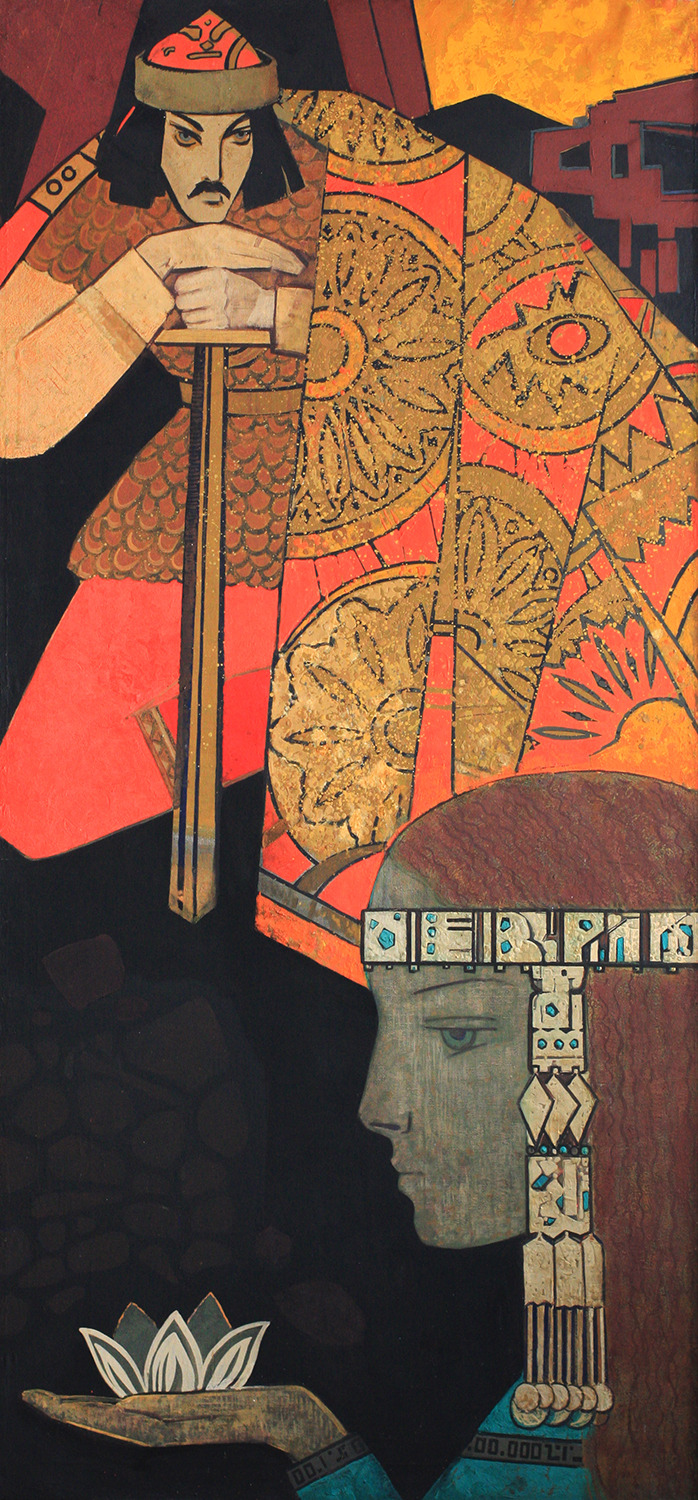
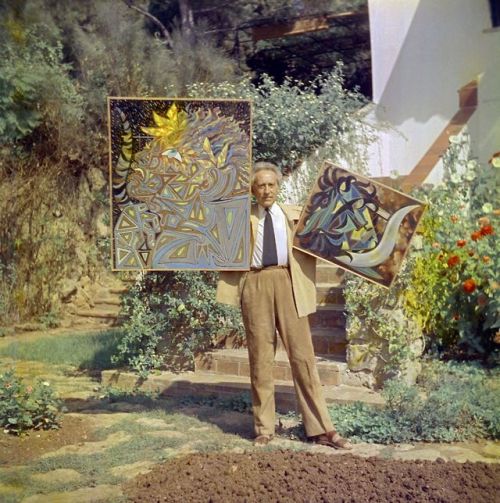
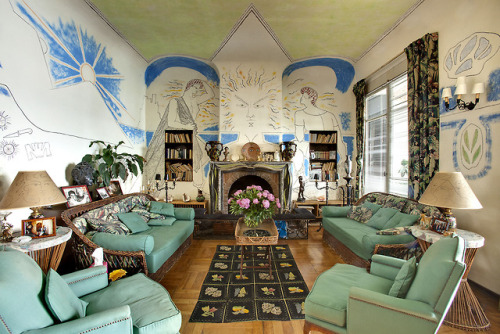
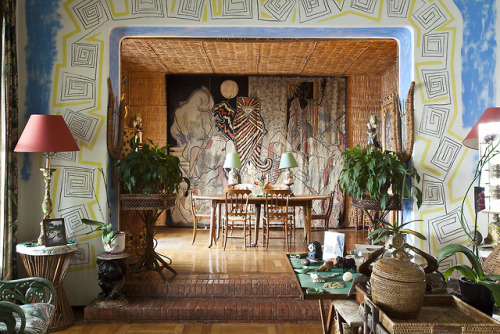
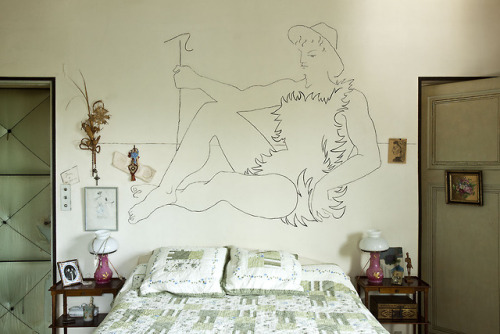
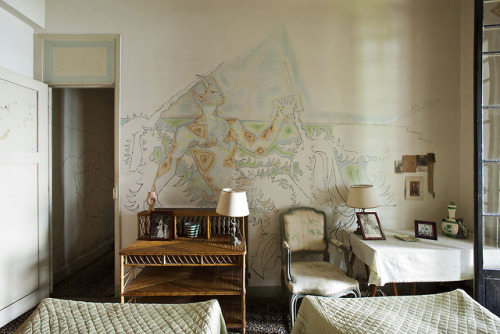
Jean Cocteau, La Villa Santo Sospir


Polish editions of Moomin books from 1970 & 1980
“The combination of that brilliant brain and fragile body is very loveable. She has a sweet and childlike nature, from which her intellect is completely separate. I have never known anyone who was so profoundly sensitive, and who makes less of a business of that sensitiveness.”
Vita Sackville-West, describing Virginia Woolf, from a letter c. August 1928
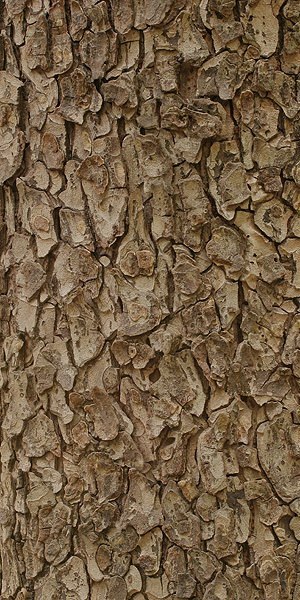
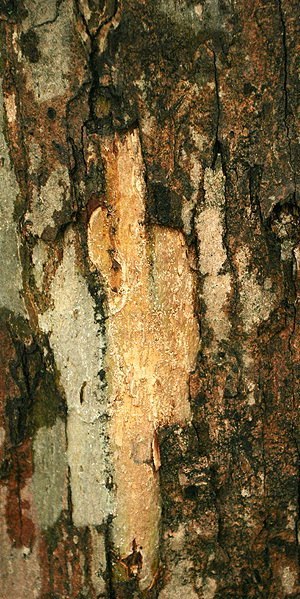
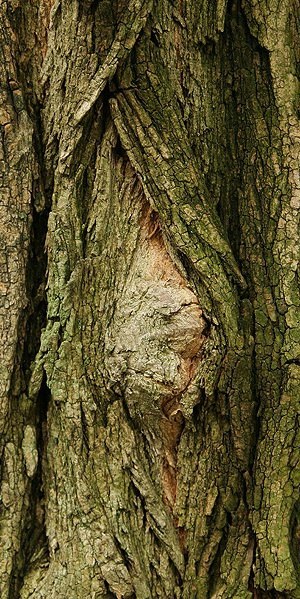
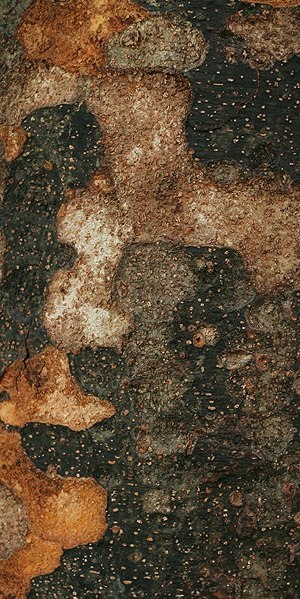

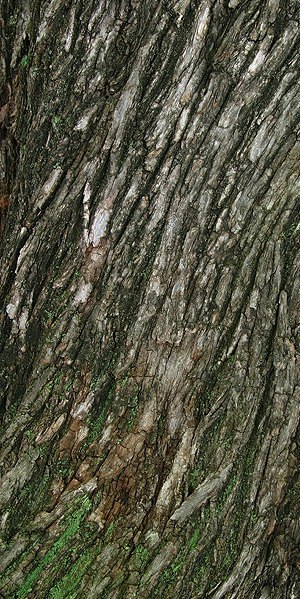
Beauty and variety of tree bark 🌳
[source]

Elizabeth Glaessner


Peanuts (December 31, 1975) by Charles M. Schulz
we are not born to die!! what are you talking about!! do you think a book begins just to finish? do you think a song opens with a beautiful chord just for it to end? you don’t read the book to finish it, you read the book to eat up the excitement and the emotions it evokes!! to learn and to digest and to fall in love and be heartbroken!! you listen to the song to dance and dance and sing your throat raw!!! to cry and smile and swell with the harmonies!! yes, we are born with the inevitable fate of death, we are mortal after all, but that is merely the finale of the play!! the final act, the closing of the curtains - we are not born to take a bow and exit stage left!! we are born to love and be joyous and yell and move and learn and cry and feelfeelfeel!!! we are not born to die, silly, we’re born to live!!!
